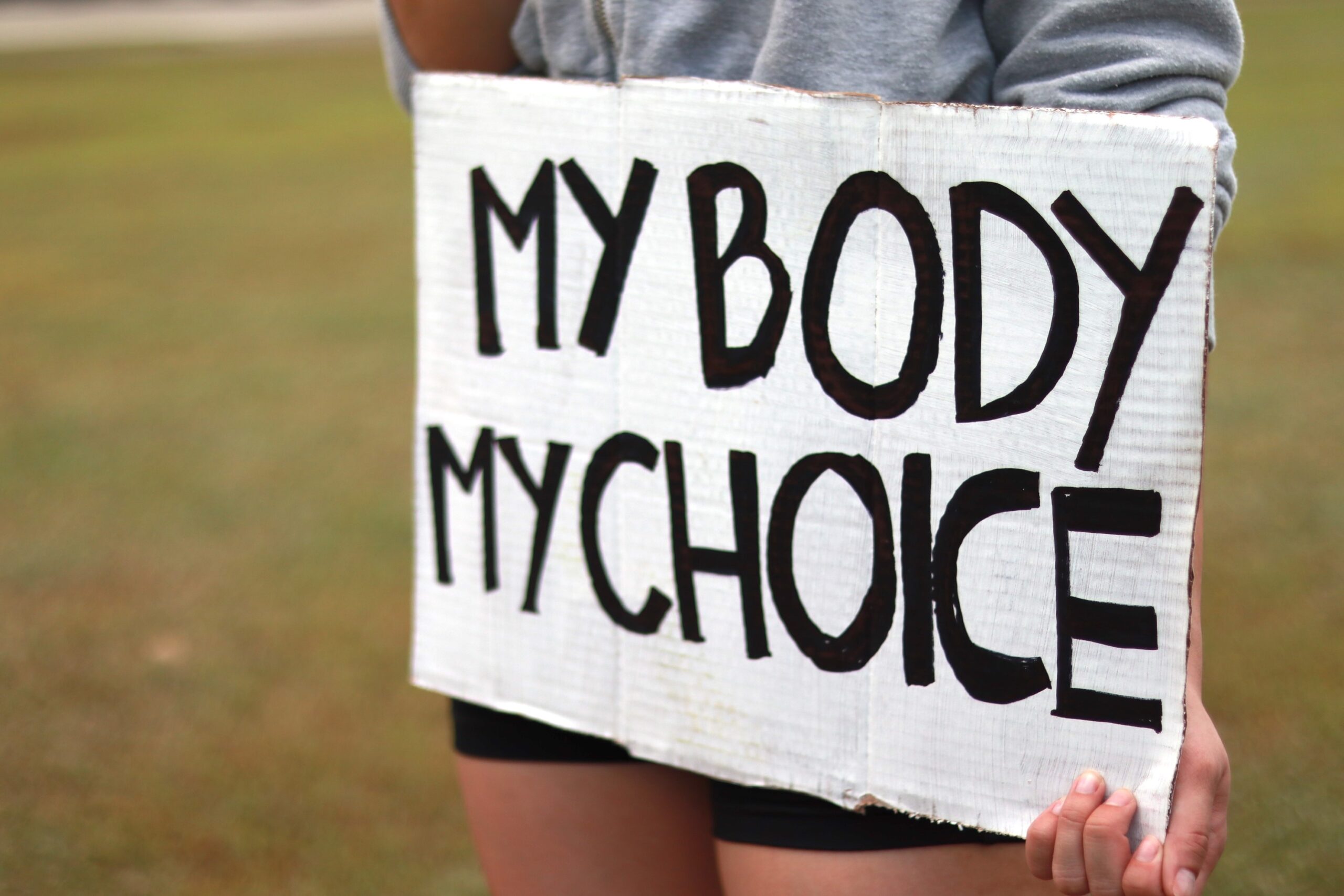All the Easter Eggs in ‘Two Distant Strangers’ You Missed
The film ‘Two Distant Strangers’ takes place in the fast-moving city of New York and is inspired by Cynthia Koa’s Groundhog Day for a Black Man. The protagonist is Carter James, who is trapped in a time loop, where he re-enacts several high-profile fatal encounters that Black Americans had with police officers in the United States.
In the opening scene, we see a statute of a dog, and eventually, James’ rottweiler. While one could interpret this as dogs are loyal and friendly, another interpretation is the symbolism of how authorities and the mean-spirited have used dogs as a tool of oppression against Black Americans. According to Shontel Stewart, this idea has its origins in slavery and manifests itself in a variety of oppressive acts that target Black Americans—such as extrajudicial killings—a persistent theme in this film.
Symbolism of the WhiteCycle and Noose
We see two memorials inside James’ apartment: a white bike and a white rope tied like a noose. WhiteCycles (or ghost bikes) are often placed where the driver of a motor vehicle ended a cyclist’s life. They have also been placed in areas where a cyclist was severely injured. The WhiteCycle pays homage to Dijon Kizzee, who Los Angeles sheriffs stopped and fatally shot while riding his bicycle in 2020.
All the Easter Eggs in ‘Two Distant Strangers You Missed’ – The Encounters
Carter James’ First Encounter with New York Police
James steps out Perri’s apartment, a girl he wants to start a relationship with and adores. As James makes an effort to get home, he collides with a White man who is wearing a white shirt with blue stripes. The collision causes the White man to spill his coffee; and James to drop a wad of cash. Historically, the color white has symbolized innocence. The color blue has often symbolized trust and truth.
The incident captures the attention of a White police officer named Merk, who accuses James of smoking something other than a cigarette. James refers to Merk by his name. When James does, Merk commands him to call him sir. Although James complies, Merk snatches him and pins him against the wall. A White woman records the police brutality incident and screams, “He didn’t do anything!” which depicts allied voices—especially female voices—that carry no weight in a White patriarchal society.
Merk throws James to the ground and places him in a choke-hold. Although James pleads “I can’t breathe” several times, Merk continues to choke him. This scene observes the death of Eric Garner, who New York police officers placed in a choke-hold in 2014.[1]
The Symbology of ‘The Way It Is’ Song
James plays Bruce Hornsby’s “The Way It Is” — a track about “a law passed in 1964,” which was remixed by Tupac Shakur in 1998. According to SMF, the law is likely a reference to a couple of statutes passed that year—the Civil Rights Act and Economic Opportunity Act—which were meant to counteract the self-same “rules” mentioned in the second verse.[2] Based on SMF’s interpretation, the song appears to be saying this: even though such laws were passed which make people change how they behave on the surface, internally their thinking remains the same.[3]
James’ Second Encounter with New York Police
In James’ second encounter, he doesn’t drop cash nor does he collide with the White male. Nonetheless, Merk still approaches James and demands to conduct an illegal search of his bag. James does not consent, stating “I know my rights.” James’ self-preservation angers Merk who then retaliates by throwing James to the ground. Merk then yells, “Do not resist!”, “Comply!” and “Let go of my gun!” American police often yell these commands during fatal encounters to justify their misconduct against Black Americans, even when Blacks have complied, are not resisting and have not reached for a weapon. In this scenario, James is shot several times. The scene observes the death of Ezell Ford, a 25-year-old Black male who LAPD officers shot several times on August 11, 2014.
James’ Third Encounter with New York Police
James continues to have dreams where Merk kills him, a frightening harbinger and glimpse at a short-lived future in New York. These premonitions induces James to take a different course of action to stay alive. For example, James elects not to leave the apartment, hoping this will stop the manifestation of his death.
All seems to go well until James and Perri get an unexpected visit from New York Police, who aggressively commands they “open up!” In what seems like a second, New York Police is inside their apartment pointing their AK-47 shot guns at both James and Perri. James jolts awake after Merk shoots him several times, discovering its just another nightmare. This scene observes the death of Amir Locke, who Minneapolis police killed during a no-knock warrant search.[4]
James’ Fourth Encounter with New York Police
To escape death, James tries a different course of action. This time, James does not wear his jacket outside. But he still encounters Merk. Regardless of the direction James decides to go—whether it’s the left or right—his premonitions are the same: Merk shoots him.
James’ Fifth Encounter with New York Police
James tries a different strategy: being cordial to Merk. This strategy fails, as Merk orders James to display identification and to “keep your hands where I can see them.” They both say, “That’s a lotta money for a guy with a not-so cigarette smelling cigarette.” James explains to Merk how both of them are stuck in a time-lapse, pointing to the couple who would soon share a kiss; the girl who takes a selfie, and the boy on the skateboard who would fall. Merk asks James if he shoots him, will the cycle repeat itself. To which James replies, “Yes.”
James survives the encounter and proceeds walks down the alley. When two teens run pass him, New York police automatically assume James is affiliated with them. For example, New York police demand to know, “Where did your friends go?” which frightens James to the point he awakens from the nightmare.
James’ Sixth Encounter with New York Police
James converses with Merk, where he discloses that Merk shot him 99 times. It appears Merk is sympathetic and asks, “What do you want?” James asks Merk to drive him home. Merk’s license plate reads 1488, which symbolises hate. According to Anti-Defamation League, the first symbol is 14, which is shorthand for the “14 Words” slogan: “We must secure the existence of our people and a future for white children.”[5] The second is 88, which stands for “Heil Hitler.”
Although Merk agrees to give James a ride home, Merk places him in the back of the police vehicle. This illustrates law enforcement’s perception that Blackness equals criminality. Indeed, James finds it odd that he must ride in the back of Merk’s police car.
James then inquires, “Why you become a cop?” to which Merk claims that people “Lost respect for rule of law; lost respect for order.” Not believing Merk’s answer, James asks him for the real reason. Merk and James deeply dive into being a product of one’s environment—and it is here we learn that Merk was bullied.
The decal on the police cruiser reads: Courtesy, Professionalism and Respect. This is a signpost of how relations between law enforcement and Black Americans should/could be. While James believes that he has reached common ground with Merk, he is condescended to by Merk, who claps and says “Bravo!” Merk then reaches for his gun and shoots James in the back. This scene reveals no matter how polite Black Americans are with police, they still risk losing their life in some of the most mundane encounters. It also observes the shooting of Walter Lamar Scott, a 50-year-old man South Carolina police shot in the back.
Travon Free’s ‘Two Distant Strangers’ Explained – Ending
James lies dead in a puddle of blood that is shaped like the continent of Africa, which illustrates the genocide of African descendants in the United States. In the end, James awakens for the 100th time. Undeterred, James leaves Perri’s apartment to make yet another effort to get home.[6] And that’s All the Easter Eggs in ‘Two Distant Strangers’ You Missed.
If you enjoyed All the Easter Eggs in ‘Two Distant Strangers’ You Missed, please share, comment or subscribe.
References
[1] History.com Editors. (2020, July 15). Eric Garner dies in NYPD Chokehold. History. Retrieved February 4, 2023, from https://www.history.com/this-day-in-history/eric-garner-dies-nypd-chokehold
[2] SMF, & (Optional), N. (2019, August 2). “The way it is” by Bruce Hornsby and The Range. Song Meanings and Facts. Retrieved February 4, 2023, from https://www.songmeaningsandfacts.com/the-way-it-is-by-bruce-hornsby-and-the-range/
[3] Id.
[4] Canada, Q. (2022). Why America Must Knock the Habit of No-Knock Warrants. Jurist. Available at: https://www.jurist.org/features/2022/03/28/explainer-why-america-must-knock-the-habit-of-no-knock-warrants/
[5] ADL (n.d.). 1488. Anti-Defamation League. Available at: https://www.adl.org/resources/hate-symbol/1488
[6] Wikipedia. (n.d.).Two Distant Strangers. Wikipedia. Available at: https://en.wikipedia.org/wiki/Two_Distant_Strangers



